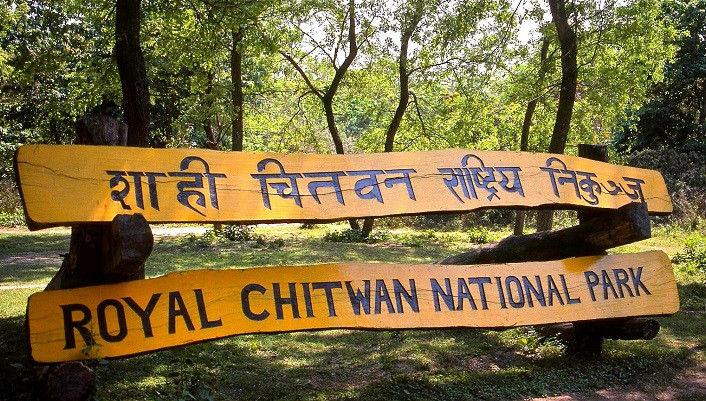
The Chitwan Park is located in the Churia Hills at the south-central part of Chitwan District. It has an area of 932 square kilometers, with an altitude of 100 meters. The park is located in an ecologically diverse area which is home to more than 300 endangered species in Asia, such as the one-horned rhinoceros making it a prime destination of Eco-tourism in Nepal.
This park is famous for the one-horned rhinoceros because of this the park has become a prime destination of Eco-tourism in Nepal. It also has a vast collection of rare and fascinating Bengal tigers. Apart from the one-horned rhino and rare tigers, Chitwan National Park also has a large variety of plant and wildlife. As indicated, Chitwan National Park is viewed as Nepal's third biggest fascination after the infamous Kathmandu Valley.
The far reaching area safeguards the glorious vegetation of Nepal's subtropical forests, 70% of which is embodied indigenous Sal Forests. Underneath the Himalayas, staying in the base of the thick Gangetic Plain and Chitwan National Park overflows with these great looking trees, and additionally vines, air plants and creepers, Other than Sal timberlands, Royal Chitwan boosts of water swamps and surging fields also.
Indeed, the recreation center has over fifty distinct grasses, including of tall elephant grass which are, at a stunning 8 meters, achieves statures known by few different assortments in the savannah. Apart from the above, Chitwan National Park also includes tigers, panthers, crocodiles, and an immeasurable collection of flying creatures. Popular Destination For Bird-Watching
The park is also a popular destination for bird-watching. There are 543 species of birds recorded from Chitwan Park in 2006. Among the rare birds found in the park are hornbills, red-headed Trogons, pintails, waterfowl, Brahminy duck, bare-headed geese and grey-crowned prinia. Apart from the resident species of birds, there are also 160 other species migrating and arriving in Chitwan during the autumn and winter seasons. When bird-watching during the autumn and winter months, you may find the eastern imperial eagle, greater spotted eagle, ducks and the pallas's fish-eagle. After the winter and as spring arrives, the Indian cuckoos, Bengal pitas and other sun birds arrive at the park.